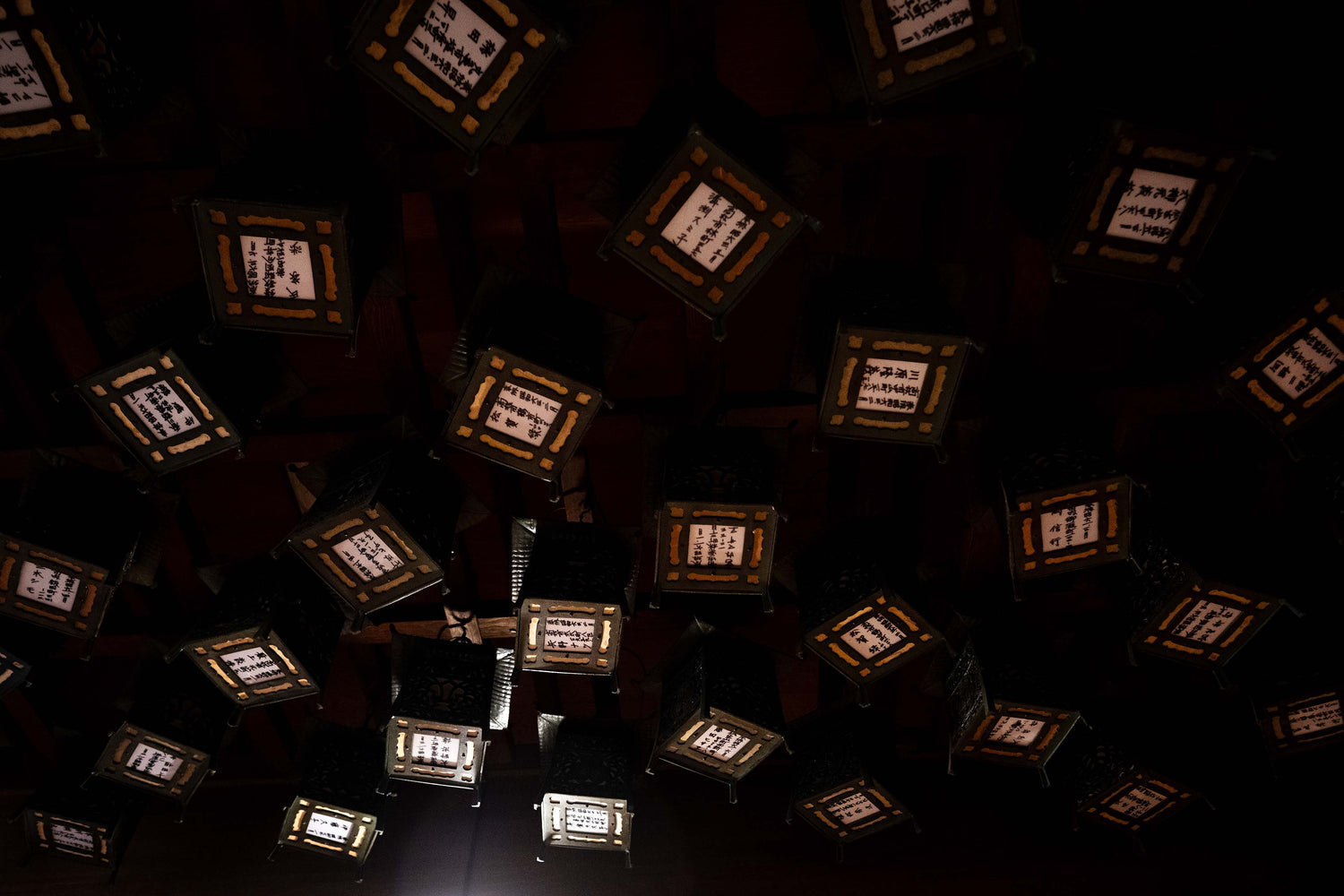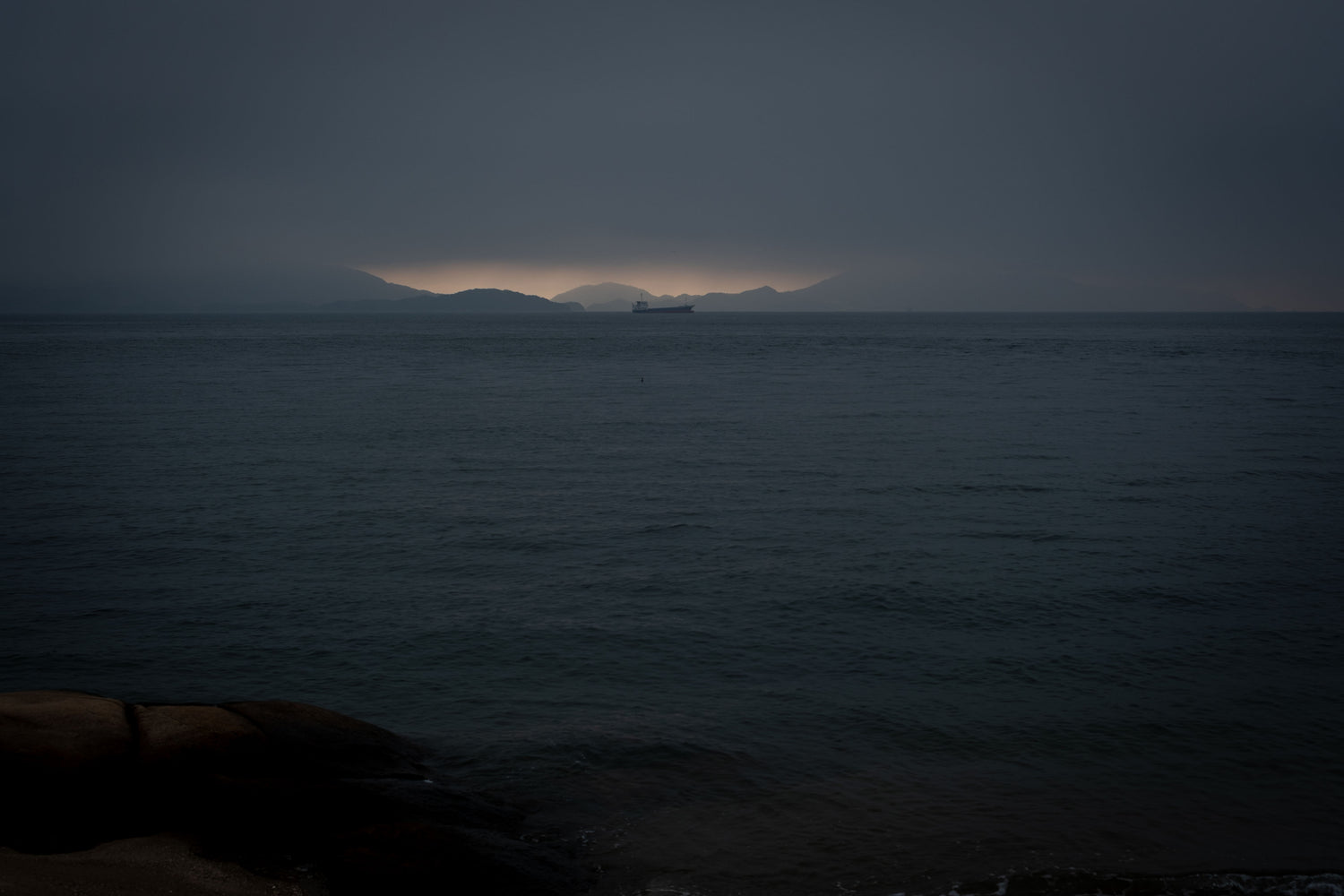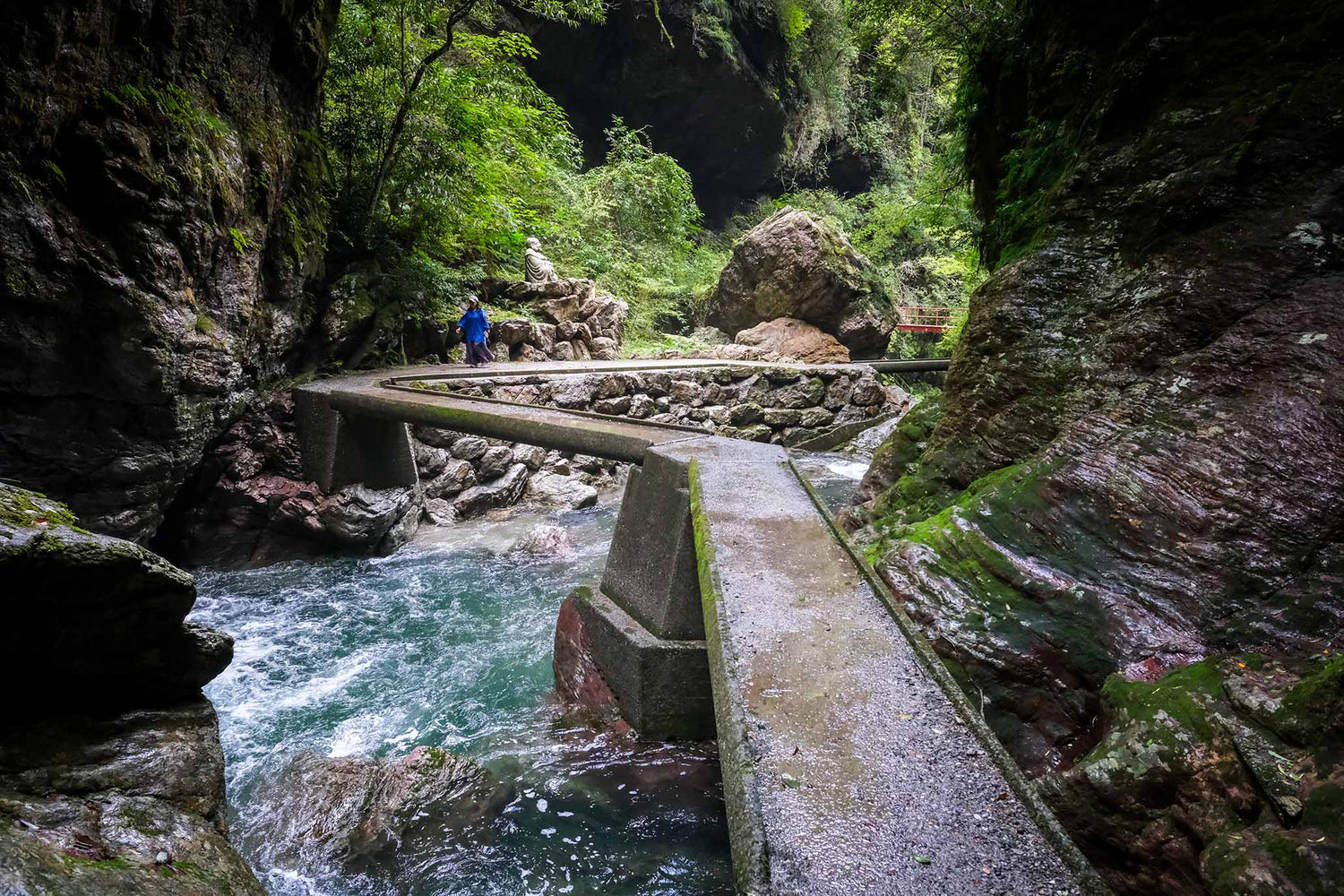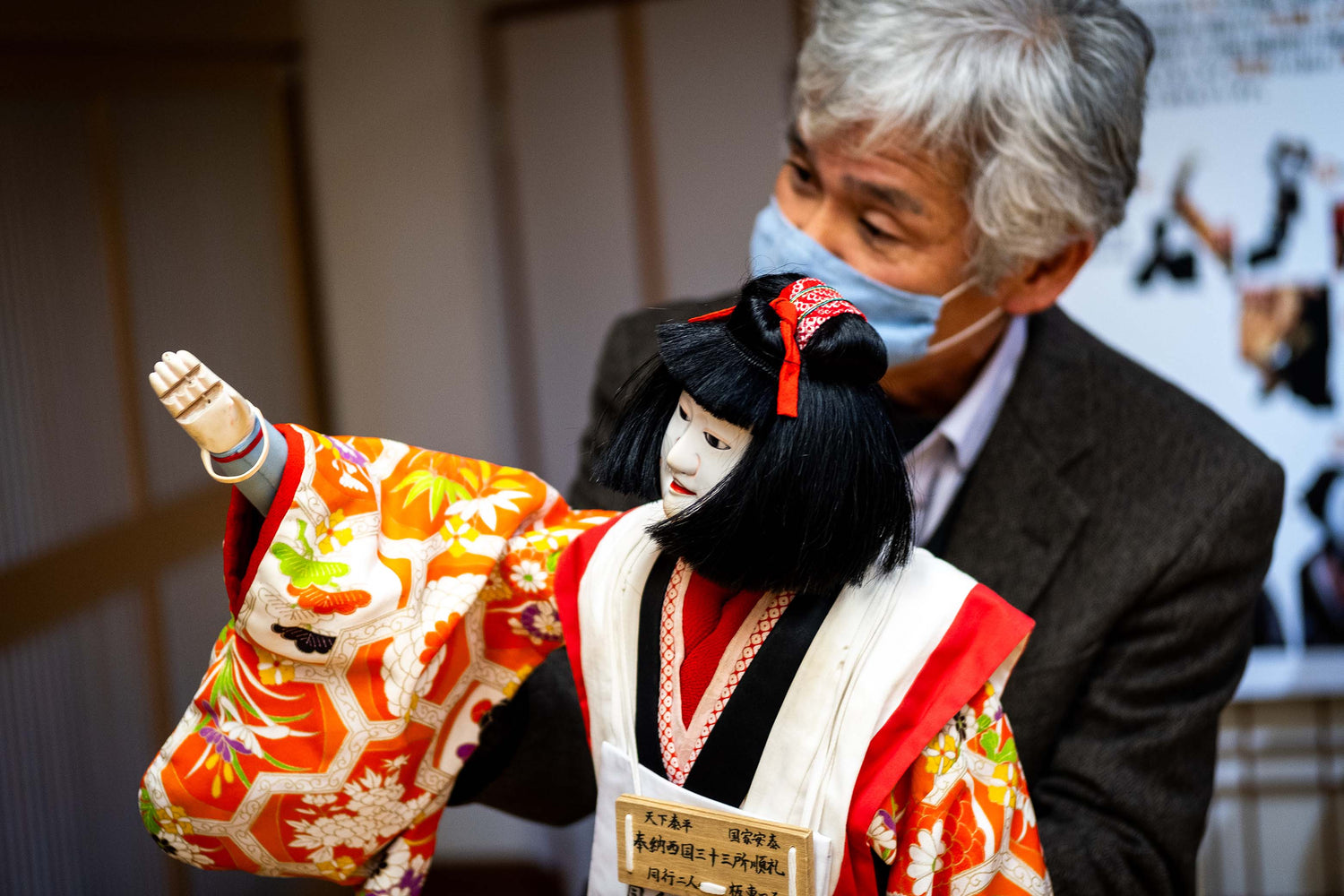Travel

A Canvas of Islands and the Sea
The Seto Inland Sea stretches from the narrow straight of water separating Honshū and Kyūshū to the west, all the way to the forested hills and mountains of the Kii Peninsula in the East where the raging currents of the Pacific begin to mingle with the gentle flow of the Seto Inland Sea’s brilliant blue waves.
The Seto Inland Sea imparts an almost Mediterranean feeling to the region separating Northern Shikoku from the mainland. And from this mild climate grew a rich culture of stone-working, soy-sauce and salt production, fishing and later on the widespread cultivation of citrus fruits and olives in addition to the emergence of an avant-garde art scene.

Hōnenji: Temple of Living Buddha Mountain
The town of Busshōzan seems to rise from the surrounding fields in an almost casual kind of way and the meandering Shōwa Era streets and alleys stand in some sort of juxtaposition to the concrete-framed corporate culture of Takamatsu City to the north. Literally meaning, “Living Buddha Mountain” the town might be forgotten were it not for the popular Busshōzan Onsen which opened only as recently as 2005.

Konpira Shrine: Divinity and Diversion
The 88-Temple Shikoku Pilgrimage is well-known across Japan as well as abroad and remains one of the island’s biggest draws. And while this pilgrimage is “the” pilgrimage trail for many, there are a myriad of other associated pilgrimages which thread across Shikoku and continue the work of weaving the people, temples, and scenery of each of the four prefectures of this place we call Shikoku into a rich mandala of culture and tradition.

Copper, Art, and Stone: Inujima
Seemingly lost amid the remarkably blue waters of the Seto Inland Sea are the art islands. Here, hidden past the charming seaside towns and emerald hills thick with nature, one can encounter artistic works that range from the beautifully mystifying and borderline esoteric to the delightfully quirky, fun, and kitsch.

Nakatsu Gorge: The Water in the Mountains
Ringed by the calm waters of the Seto Inland Sea to the north and swept by the vast expanses of the Pacific Ocean to the south, Shikoku is truly a study in contrasts and if any one of the four prefectures of the island exhibit the full extent of this it is surely Kōchi, the sprawling southern prefecture of Shikoku.

Ningyō-Jōruri: A Performance Preserved
Amid one of the many quiet suburbs surrounding Tokushima City proper and nearby the deep green waters of the Miyajimaekogawa River, is the Awa Jurobe Manor; a renovated traditional style mansion complete with picturesque courtyard garden, quaint tea house, and towering pines. Of course, it serves as a nice example of traditional Japanese architecture but such structures are common in Japan which begs the question, “what makes this manor any different?
